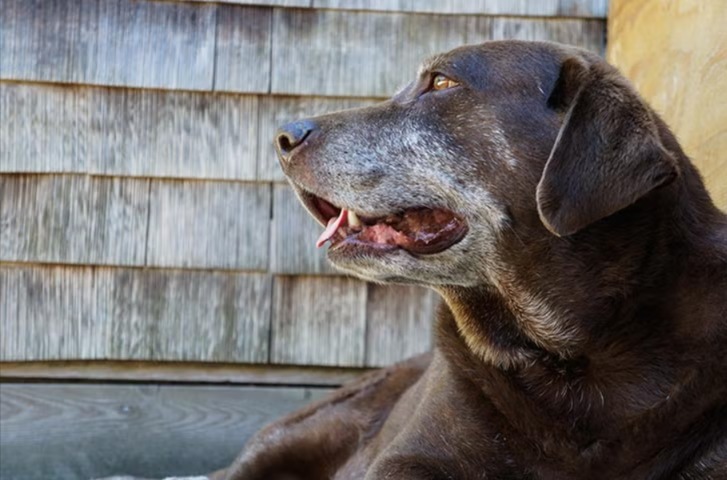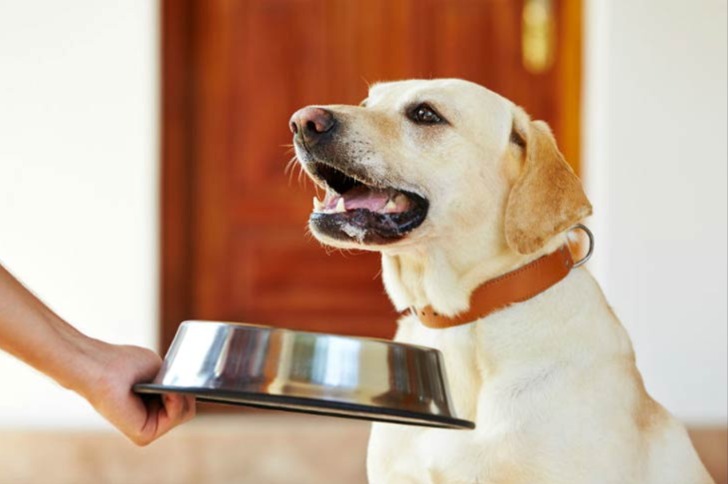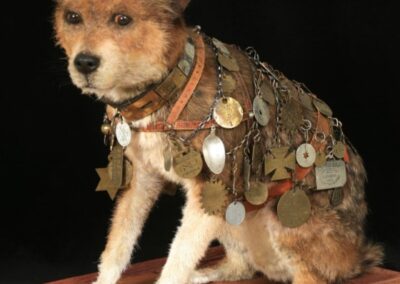
Let’s be honest—our dogs have us wrapped around their paws. They tilt their head, give us those puppy eyes, and before we know it, we’re handing over another treat.
“What’s one more cookie?” we think. But here’s the kicker: a few extra pounds on a dog aren’t just about looks. They can be life-changing—and not in the good way.
Dog obesity is one of the biggest health issues facing pets today, yet it’s also one of the most preventable.
According to research, more than half of all dogs in the U.S. are overweight or obese.
That’s millions of pups carrying extra weight that their bodies just weren’t designed for.
When “Cute and Chunky” Turns Risky
Here’s how the math works out. A dog is considered overweight when they’re about 15% heavier than their ideal weight, and obese at 30% above ideal.
That might not sound like much, but think of it this way: if a 20-pound dog puts on just 3 extra pounds, that’s the same as a 150-pound person suddenly lugging around 23 pounds all the time. Ouch.
Obesity doesn’t appear overnight. It usually sneaks up—too many snacks, skipped walks, or slower metabolisms after being spayed or neutered.
Some breeds, like Beagles, Dachshunds, Cavaliers, and Labs, are natural weight-gainers.
Meanwhile, leaner breeds, especially sighthounds, often seem immune. But here’s the truth: any dog can gain too much weight if calories in are higher than calories out.

Why Extra Weight Hurts So Much
Carrying too much fat isn’t just a “cuteness” issue—it’s a ticking health time bomb.
Obesity can cause or worsen:
- Heart disease & high blood pressure – That added strain can wear a heart out fast.
- Breathing issues – More weight pressing on lungs and airways means less energy and stamina.
- Joint pain & arthritis – Knees, hips, and backs take the hit, especially in already fragile breeds.
- Diabetes – Just like in humans, weight gain raises risk dramatically.
- Skin infections – Extra folds and rubbing can trap moisture and bacteria.
- Shorter lifespan – Obese dogs don’t just live harder, they live shorter.
And here’s the real shocker: it doesn’t take much.
Studies show that even dogs just 5–10% overweight are more likely to suffer pain and mobility issues. Your pup doesn’t have to be visibly obese for weight to steal their joy.
Quick At-Home “Fat Check”
Not sure if your dog’s carrying too much? Try these simple checks:
- Rib test: You should feel ribs easily without digging, but not see them sticking out.
- Waist test: Viewed from above, your dog should have a visible waistline.
- Tuck test: From the side, their belly should slope up behind the ribs.
- Energy test: If walks leave them dragging, or they avoid stairs, that’s a warning sign.
Still unsure? Your vet can run a body condition score, a simple scale from 1–9 that tells you if your pup is underweight, ideal, overweight, or obese.

How to Help Your Dog Slim Down (Safely)
Good news: obesity is reversible. But the fix isn’t crash diets or drastic changes. Dogs do best with slow, steady adjustments.
Here’s how to start:
- Get a vet’s input – Ask for your dog’s target weight and recommended daily calories.
- Portion with purpose – Measure food. No more guessing or bottomless bowls.
- Choose better food – Weight-management formulas or high-quality diets help with satiety.
- Treat wisely – Keep treats under 10% of daily calories. Swap processed biscuits for carrot sticks, apple slices, or training-sized rewards.
- Move more – Daily walks, gentle fetch, swimming, or even puzzle toys to keep them active. If your dog’s out of shape, build up slowly.
- Track progress – Weekly weigh-ins and progress checks. Celebrate every little victory.
Remember: consistency beats intensity. Cutting just 100 calories a day can make a huge difference over months.
Why It Matters So Much
Here’s the part many dog parents don’t realize. Helping your dog lose weight isn’t just about vanity—it’s about time.
Studies show that dogs kept at a healthy weight can live up to two years longer than their overweight counterparts.
Two years! That’s more cuddles, more adventures, more unconditional love.
And at the end of the day, that’s what matters most. Not the number on the food scoop. Not the guilt when you skip a treat.
What matters is giving your best friend the longest, happiest, healthiest life possible.
So, next time those puppy eyes beg for an extra biscuit, remember: the kindest “yes” you can give is sometimes a gentle “no.”



